
 |
|
| Home | Our Research | Luna / L98 | Active Sonar | Donate & Act Now | About Us | |
|
LunaLive is ANON's scientific research project dedicated to the study of one solitary killer whale, named Luna.
The project consists of a number of independent researchers, in partnership with NGOs and the Mowachaht/Muchalaht First Nations, who share a desire to see Luna remain safe, free from captivity, and ultimately, reunited with his family. The LunaLive researchers, located all around the globe, listen 24x7 to the sounds of Luna's underwater territory in order to study Luna's vocal behavior. These sounds are captured on an underwater microphone (called a hydrophone), and are transmitted via a VHF signal to a research station which includes more VHF equipment, computers and a satellite uplink. The signal is digitized into the computers, and is then sent via satellite to web servers in the US. The web servers then replicate the sounds and make them available to the researchers.  LunaLive Orca Vocalization Study |
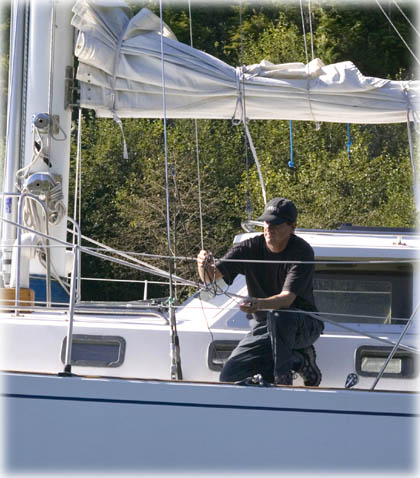
photo: Rolf Hicker - Nature Stock Photography |
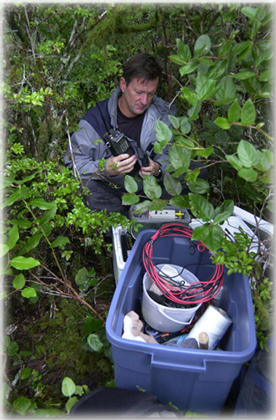 |
LunaLive focuses on Luna's vocalizations because studying killer whales from the surface can be quite difficult. Orca spend 99% of their time underwater, and Luna's pod's territory stretches over 1200 nautical miles. During the winter, they range from the Alaskan border all the way south to Monterey Bay, California.
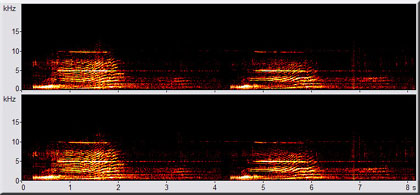
|
|
Luna’s territory, however, consists of 3 small inlets, barely 25 miles long and rarely more than one mile wide – providing scientists with a perfect laboratory in which to study Luna.
What makes this 'laboratory' so very special is the fact that the acoustics in Luna's territory are superb. There are very few boats when compared to his pod’s summer territory (which makes Luna's territory much more quiet), and the sheer rock walls plummet to depths of 200 feet or more – providing an acoustic theater that is wonderful for making recordings of Luna’s voice. |
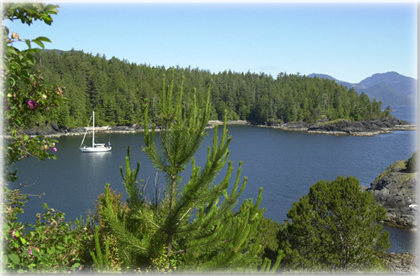 |
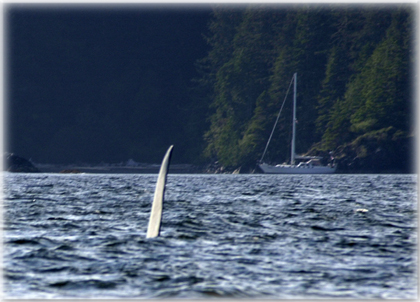 |
And most importantly, Luna’s family has a rich vocal repertoire. At the core of our research is a desire to listen to Luna’s repertoire to see if it stays steady or if it changes over time.
Ultimately, we even hope that our research will play a role in getting Luna reunited with his family. And there's more to come. This technology has proven to be so reliable, that we're planning on duplicating this success in a number of other deployments. If you're interested in helping out, email ANON to let us know how!  LunaLive Orca Vocalization Study |
| Back to Whale Research Expeditions Home | | | Learn about 2004 - Orca Killer Whale Research Expedition in Nootka Sound, BC |